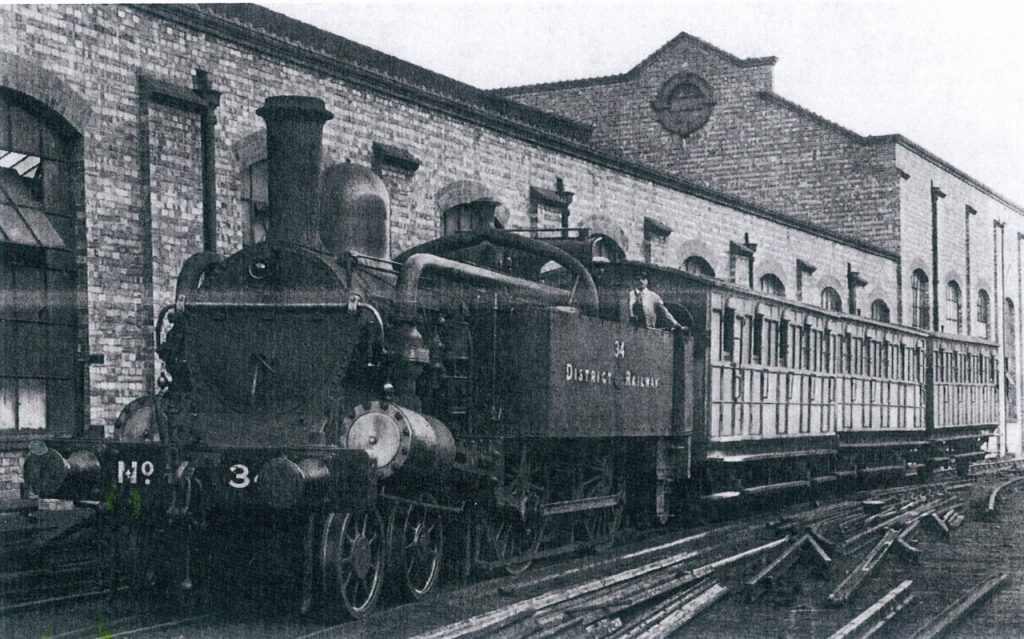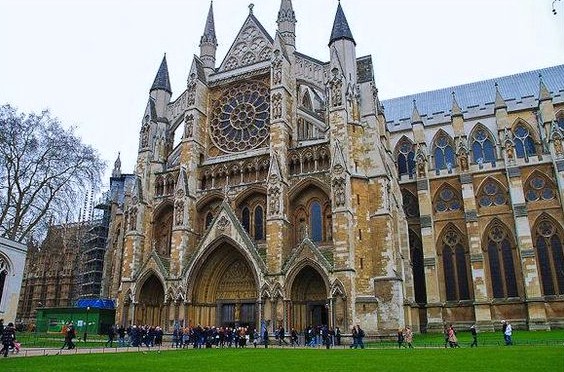Ever Ready
“The London Tube”
(Written by P.G.)

Inaugurated in 1863, the London Underground network began the service with steam traction
 ….
….
… and employed, among others, the curious tender-locomotive with wheel arrangement 2-2-0 (4-4-0 for England) which had the particularity of being able to condense the smoke and steam in water tanks ….

In the early years of the last century
they were replaced by electric locomotives with power to third side rail.

Of these machines TTR (Trix Twin Railway) produced a free-lance version with two axels …
 ..
..
… derived from another free-lance German electric locomotive … ..
After World War II propelled trains were introduced on the London network …

… which took over the entire service.

During the Battle of Britain the underground was used as a bomb shelter …

..and it was further extended after World War II.
Today it covers 460 km and carries nearly 1.1 billion passengers per year.

Its characteristic trains, whose shape reflects the profile of the tunnels …
… have maintained their characteristic silhouette over the years
…

… and for many years they have characterized the city network.

And one of these convoys …

… which was chosen by Ever Ready in 1952 to be produced in OO scale.

“The British Ever Ready Electrical Company” was founded in 1906 as a commercial branch of the American company “American Ever Ready Battery Company” that, in addition to batteries, produced radios, bicycle lamps and flashlights.
After the Second World War, the board of the Company decided also to produce electric toys to differentiate their business and at the same time promote their household batteries.
In 1952, therefore, Ever Ready launched its model metropolitan train based on the convoys of the 30’s of the Southern Railway Waterloo & City Tube.
This train was sold exclusively through a network of branded stores.

The Ever Ready set comes in a sturdy corrugated cardboard box with an illustrated lid
 ….
….
…and it contains the battery box, a three-rail circlcular track, in addition, of course, to the red train with three elements composed of the loco and two carriages.

The operating instructions are on the back cover.

The carriages, initially in zinc die cast, were subsequently, with the exception of the carriage motor, made in aluminum, which was also used also for the case and the frame of the three vehicles.

I know of two different engine types of this train that differ in the type and position of the motor. This is the second.

And here is another view of the locomotive …

… .and coach

The tracks contained in the set have a base made of iron plate, the side rails are in steel and the central one in brass.

In 1952 it cost 66’9d or £ 3.40, but had little success due to the fact that it was the only London Tube in OO scale, which although this initially seemed to be an advantage, it however presented the inconvenience, contrary to the classic trains, of the total absence on the market of the usual side dish and accessories, which made it almost impossible, for obvious reasons, to build a model of the London Tube.

This set therefore had a limited production and, if we add to this the classic problem of zinc pest for the trucks, it has now become quite rare to find one in good condition.
For those wishing to further develop the topic, I highly recommend the book by Michael Foster “British Toy Trains”.
and for those who wish to read a page of History here below is the link to the Battle of Britain which is matched this article
(March 1, 2017)





